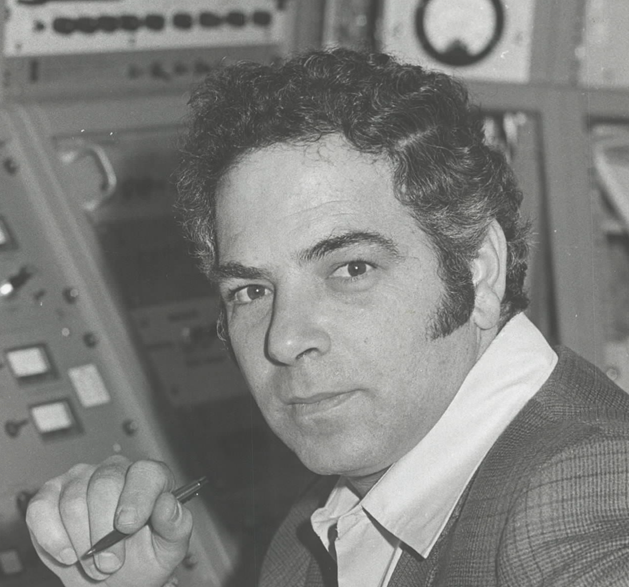
Itzhak grew up in Rehovot and then in Tel Aviv. After his military service he completed his BA studies at the Hebrew University and in 1963 he joined the Feinberg School at the Weizmann Institute of Science (WIS), which was his scientific home throughout his entire life. His MSc thesis on “The Breakup of O16 into Be8+Be8,” completed under the supervision of Prof. Gvirol Goldring, showed that several resonances in the scattering of α particles on C12 decay into bunches of α particles resembling pairs of Be8 nuclei . The resonance energies revealed a rotational-band pattern.
Itzhak’s PhD work on “Elastic and Inelastic Scattering via Analogue Resonances” was supervised by Professor Zeev Vager at the WIS and was completed in 1970. He remained in the same group and participated in the experimental studies of other aspects of Analogue Resonances, which were published in several articles.
Moving to Caltech for his postdoctoral studies, Itzhak joined the nuclear-astrophysics group where he took part in an experiment which disproved a previously reported anomalous non-statistical pattern in the electron spectrum from beta decay of 206T1. He continued his post-doctoral work at Stony Brook New York State University (1971-1972), where he participated in several nuclear physics studies while also completing publications on his previous research at the Weizmann Institute. He then returned to the WIS and divided his time between experiments in nuclear reactions with Professor Vager’s group and the development of a modular image converter streak camera with L Diamant, which at the time was considered a significant technical achievement.
After his tenure appointment at the WIS (1978), Itzhak took a sabbatical leave at Argonne National Laboratory. He joined D. S. Gemmell’s group where studies of accelerated molecular ions scattering on thin foils were carried out. This was his main research subject until his unfortunate death in 1986. Itzhak contributed to the then novel technique both in developing the methodology and in its first applications. At this time, the groups from the Argonne National Laboratory and the Weizmann Institute joined in a collaborative effort, where this method, known as the “Coulomb Explosion of Molecules” was further developed and used. Itzhak, who returned to the WIS at that time was one of the driving forces in this collaboration. The Coulomb Explosion studies made a significant leap by using the Pelletron accelerator for the study of neutral molecules. Itzhak participated in the efforts, and his last publication together with Professors Ron Naaman and Zeev Vager was on measuring the structure of the C3 neutral cluster.
Itzhak Plesser contributed significantly to defense oriented projects which are not published.
He will be remembered as an outstanding experimental physicist, known for his energy, his enthusiasm, and his elegant innovations, and also as a loyal and dedicated research partner and friend.
Itzhak contributed significantly to two other important aspects of the Weizmann Institute program – Science Education and Music. While a PhD student, Itzhak was a part-time teacher at the Rehovot High School (now named after the late Amos de-Shalit). Having a natural gift for teaching, and the urge to trigger the curiosity of young students in science, he joined a group of PhD students selected by de-Shalit to develop science curricula for Israeli high schools. This was the first step on the road which finally led to the establishment of the Science Education department at the WIS. Itzhak was a talented violin player, and music played an important part in his life. Chamber music at home with colleagues and friends developed into the WIS amateur chamber orchestra, with Itzhak as one of its driving forces. This orchestra turned professional as the Rehovot Camerata, and later migrated to Jerusalem (as The Israel Camerata Jerusalem( becoming one of the leading chamber orchestras in Israel today.
Itzhak – a multi-faceted person: a scientist, a man of culture and a teacher. He had a lasting impact on the intellectual life not only of the first circle of his family and friends but also on the much larger circle of people who are benefitting from the pioneering steps he initiated.
